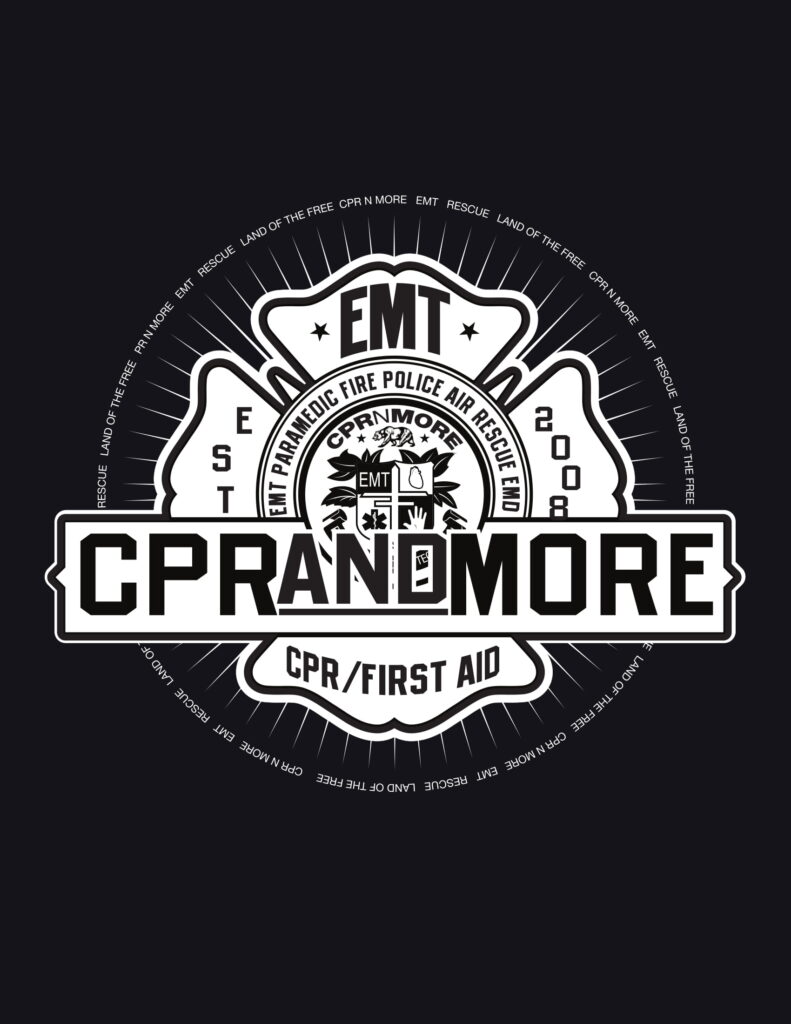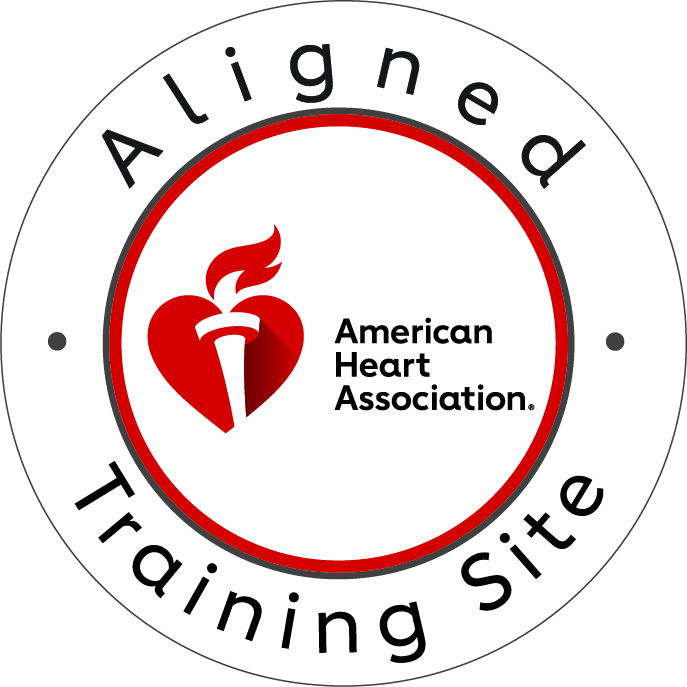When it comes to who needs CPR training, the answer is “everyone.”. Here at CPR and More, we believe that everyone needs to be trained in CPR and the Automated External Defibrillator (AED).
When and How to Start CPR
If you do not have cardiopulmonary resuscitation training, give chest compressions of 100-120 seconds without waiting for a doctor. Continue to perform cardiopulmonary resuscitation until a doctor comes or another person can take over with formal CPR training.
While pulse checks are often inaccurate in layman’s experiments, they waste time by delaying the start of compression. It is much more desirable to initiate cardiopulmonary resuscitation when the victim does not actually need cardiopulmonary resuscitation. If there is no breathing, cardiopulmonary resuscitation should be started as soon as possible, even before chest compression begins.
If you are alone and do not know how to perform CPR, call 911. Then ask the emergency dispatcher to give you instructions over the phone. Untrained people should call before they start administering cardiopulmonary resuscitation because it can cause confusion and confusion in the victim.
Current cardiopulmonary resuscitation courses teach that if you are alone with an unresponsive infant or child, you should perform CPR until you stop and call for help. Before calling 911, cardiopulmonary resuscitation should be performed immediately to resuscitate unresponsive infants or toddlers.
If you are well trained and have confidence in your CPR skills, you can continue to check if the victim is still breathing and has a pulse.
Breaths and Hand-only
If you see someone in cardiac arrest, call 9-1-1 immediately and then start cardiopulmonary resuscitation. If the person does not respond, someone nearby can start CPR if they are certified and trained in cardiopulmonary resuscitation.
Hand-only CPR is beneficial because it helps to resolve the discomfort that untrained bystanders have when performing cardiopulmonary resuscitation due to health concerns regarding mouth-to-mouth ventilation. As a place that is constantly in a busy environment where suffocation, fall, and heart emergencies can happen, cardiopulmonary resuscitation training would be a valuable skill to know. With the right cardiopulmonary resuscitation training, you can step in to help someone in an emergency and save their life.
Knowing when to give cardiopulmonary resuscitation and when not is as important as knowing how to give CPR. If a person is unable to take a cardiopulmonary resuscitation course, hands-only cardiopulmonary resuscitation can be learned in a few minutes. Videos created by The American Heart Association can help you greatly in learning hand-only CPR.
If more than one person is present, you should call 911 before the other person starts performing cardiopulmonary resuscitation.


